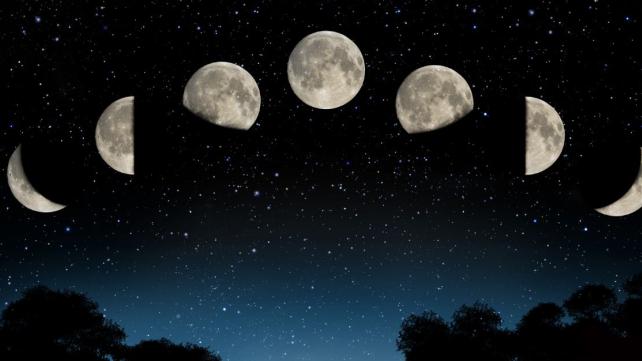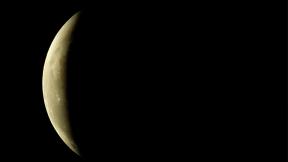
Calendars are a crucial foundation of society. They help us keep track of historical knowledge and planning things for the future. Throughout the history of the world, humans have created many calendars such as the Julian and the Gregorian Calendar. One of the calendars that makes its way into the lives of Muslims worldwide is the Islamic Calendar, or the Hijri Calendar. This calendar is special, as it is not just a method of keeping time, but holds a religious and cultural importance that is deeply embedded in Muslim life.
Calendars such as the Gregorian Calendar use the Earth’s orbit around the Sun to determine time. This is known as a Solar calendar. However, some calendars record the Moon’s movement around the Earth instead. These calendars are known as Lunar calendars. Because the two calendars measure different things, there is a bit of a difference. Solar calendars consist of 365 days per year, with 366 on leap years, while Lunar calendars consist of 354 days per year, with leap years having 355 days. Solar calendars are more accurate, which is why they are used today.
The Islamic Calendar, or the Hijri Calendar, is part of the Islamic religion and is used by Muslims worldwide. It is similar to the Gregorian Calendar in which it has twelve months, but since it is a Lunar calendar, the total number of days in the year are different. However, this does not mean that the Islamic Calendar cannot be used. In fact, it is used by Muslims to determine the start of the holy month of Ramadan and for the two Eid holidays.
The Hijri Calendar was created in 622 CE, the same year that the Prophet Muhammad, peace be upon him, migrated to Madinah, in the famous Hijra. In fact, the Hijra is the starting point of the Hijri Calendar, which is noticeable through the name. Migrating from Mecca to Madinah was a major point in time for early Muslims, as they escaped the cruelty of the Quraysh, Mecca’s residents.
I bet you are wondering, “why was the Hijri Calendar created, if there already were other calendars around?” The Hijri Calendar was made not just for telling time, but to keep track of Islamic months. For example, Ramadan. This is one of the twelve months in the Islamic Calendar. Without the calendar, it would be difficult to determine when it starts and ends. Additionally, in Surah Yunus, verse number five, Allah (SWT) says “He is the One Who made the sun a radiant source and the moon a reflected light, with precisely ordained phases, so that you may know the number of years and calculation ˹of time˺. Allah did not create all this except for a purpose. He makes the signs clear for people of knowledge (10:5).” This verse states that Islamically, the Moon is intended to be used as a method for time-keeping.
The Islamic Calendar, or the Hijri Calendar, is used by Muslims everyday. Whether it is to determine the start of the holy month of Ramadan or to remember historical events in the Prophet Muhammad’s life, it remains a significant part of the Islamic faith. Its importance goes beyond just marking dates. The Hijri Calendar connects Muslims to their history. Despite the widespread use of the Gregorian calendar in daily life, the Hijri Calendar remains essential for practicing key aspects of the faith, including fasting, pilgrimage, and celebrations like Eid. By following the lunar cycle, it also reminds believers of the natural rhythms created by Allah (SWT) and the humility of living in accordance to His signs. In a fast-paced modern world, the Islamic calendar continues to ground the Muslim community in history, faith, and purpose.
Author bio: Uthman Guadalupe is a Latino Muslim college student with a passion for history and art. He is an assistant Brazilian Jiu Jitsu coach and freelance illustrator. He is fluent in Spanish and lives with his family in Maryland where he also enjoys playing video games and binging shows.








Comments
islamic Lunar
Dear you have share very good articel most of the people is not know about perfect islamic lunar calendar and dont know when to do any dua and istikhara you have share this after that many people is doing dua on correct time.
Location
Add new comment